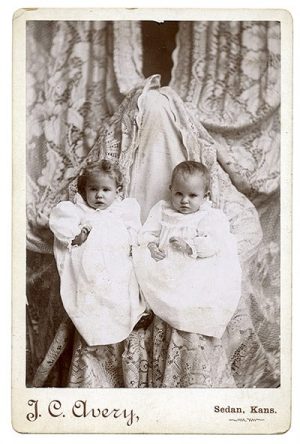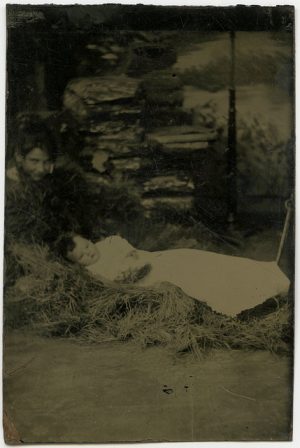During the London Gin Craze of the early 18th century, when the British government started running sting operations on petty gin sellers, someone invented a device called the “Puss-and-Mew” so that the buyer couldn’t identify the seller in court:
The old Observation, that the English, though no great Inventors themselves, are the best Improvers of other Peoples Inventions, is verified by a fresh Example, in the Parish of St. Giles’s in the Fields, and in other Parts of the Town; where several Shopkeepers, Dealers in Spirituous Liquors, observing the Wonders perform’d by the Figures of the Druggist and the Blackmoor pouring out Wine, have turn’d them to their own great Profit. The Way is this, the Buyer comes into the Entry and cries Puss, and is immediately answer’d by a Voice from within, Mew. A Drawer is then thrust out, into which the Buyer puts his Money, which when drawn back, is soon after thrust out again, with the Quantity of Gin requir’d; the Matter of this new Improvement in Mechanicks, remaining all the while unseen; whereby all Informations are defeated, and the Penalty of the Gin Act evaded.
This is sometimes called the first vending machine.
(From Read’s Weekly Journal, Feb. 18, 1738. Thanks, Nick.)
















